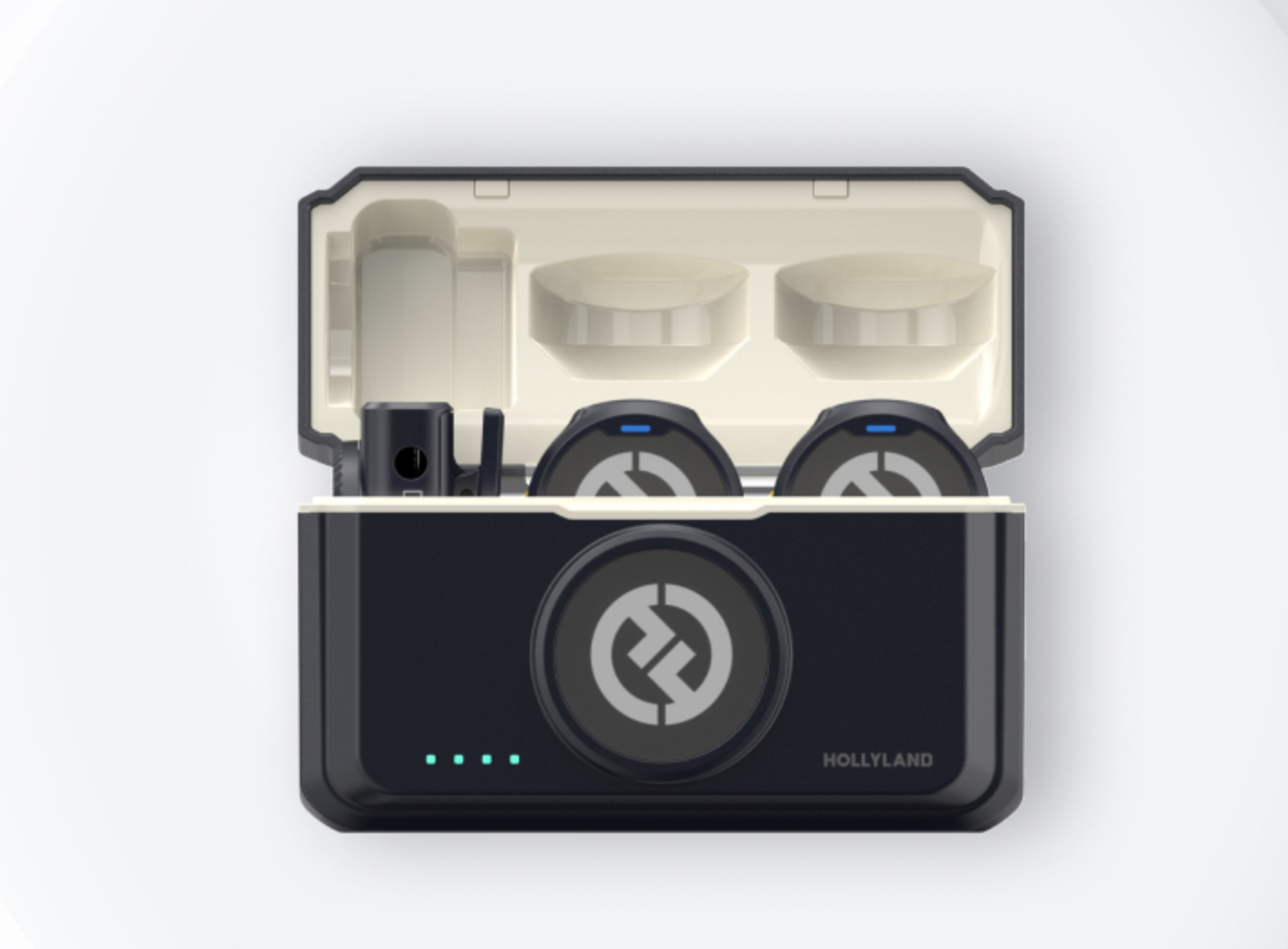B-Roll: An Educational Approach
You may have come across the YouTube video titled "We Got that B-roll" created by the sketch comedy team, Cream. If you haven't, I recommend taking a look, although it's not suitable for classroom presentations.
This video serves as an excellent example of b-roll footage. But what exactly is b-roll? It's essential for our students to understand this concept in order to fully leverage the power of visual storytelling.
In essence, b-roll is supplementary video footage that enhances the storytelling process. It is used to provide context, add visual interest, and illustrate key points within a video production. To ensure its effectiveness, it's crucial to consider several important factors during the shooting process.
When shooting b-roll footage, keep the following in mind:
1. Relevance: Capture footage that supports the narrative and visually conveys the story. For example, if showcasing a new restaurant, film b-roll of the food, the interior, or people enjoying their meals.
2. Engagement: Aim to capture visually appealing footage that holds the viewer's attention. This can involve filming people engaged in interesting activities, such as cooking, dancing, or playing sports.
3. Lighting and Framing: Film well-lit and well-framed footage that is clear, easy to see, and visually appealing.
4. Angles and Perspectives: Experiment with different angles and perspectives to create a dynamic and captivating video. Explore low angles, high angles, or close-ups for added visual interest.
Once you have captured meaningful and effective shots, the next step is to edit them together in a way that further engages the audience. The editing process plays a crucial role in determining the overall impact.
When editing your b-roll footage, ensure that it aligns with the topics being discussed. Consider the following points for guidance:
1. Clip Selection: Choose relevant, high-quality clips that serve the video's purpose.
2. Clip Order: Arrange shots in a sequence that draws the audience into the story. Begin with wide shots, then transition to tighter shots. The sequencing of shots is highly important, and you can find more information at the website of Chris Shumway, Senior Lecturer at the University of Georgia's Henry W. Grady College of Journalism and Mass Communication: https://shumwayvideo.com/b-roll-sequences/](https://shumwayvideo.com/b-roll-sequences/
3. Clip Length: Keep each clip concise, generally lasting no longer than a few seconds.
4. Transitions (if needed): Smoothly transition between clips to maintain flow and cohesion in your video.
5. Audio Enhancement: Add music and sound effects to heighten engagement and create an immersive experience.
When assembling your video, ensure you have a variety of shots and maintain momentum by placing edits at appropriate moments in the story. The key is to experiment, have fun, keep your audience engaged, and meet your deadline.
Meet the Author, Josh Dempsey
Josh Dempsey is a video and film teacher at Marietta High School in Marietta, Georgia. With nearly 20 years of experience in the classroom, Josh is just as excited as his students to keep learning about the power and possibilities of this visual medium. He invites you to follow his students and their work online by following them on social media @bdn_marietta.
Josh loves traveling with his wife, Megan, and their two kids, and more pets than should be allowed. If you want to follow their adventure and get some tips and tricks for RV travel and epic road trips, check them out on Instagram at https://www.instagram.com/eastrollswest/.









Got shaky footage? No problem! In this quick tutorial, learn how to use Warp Stabilizer in Adobe Premiere Pro to smooth out your shots effortlessly.